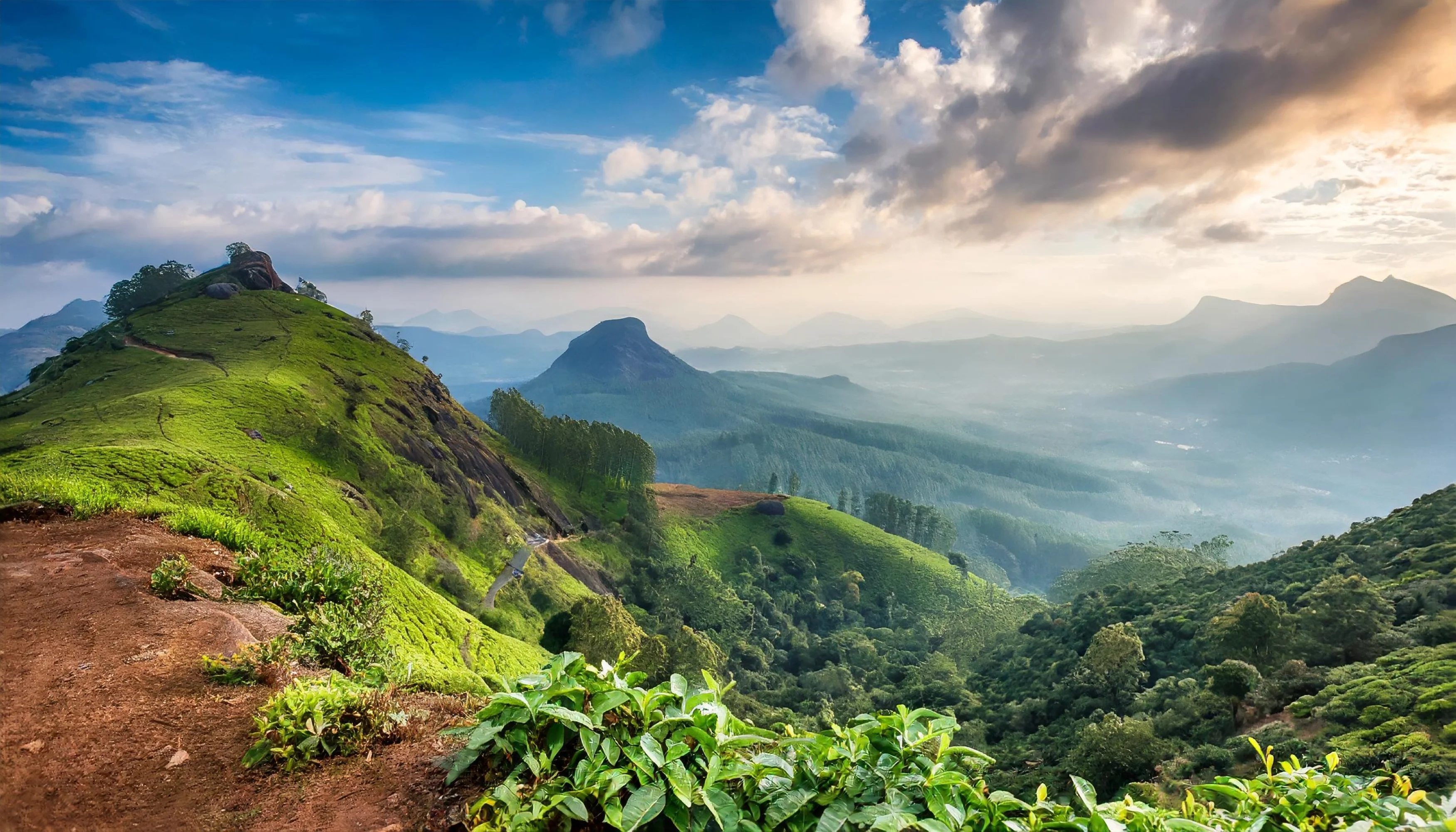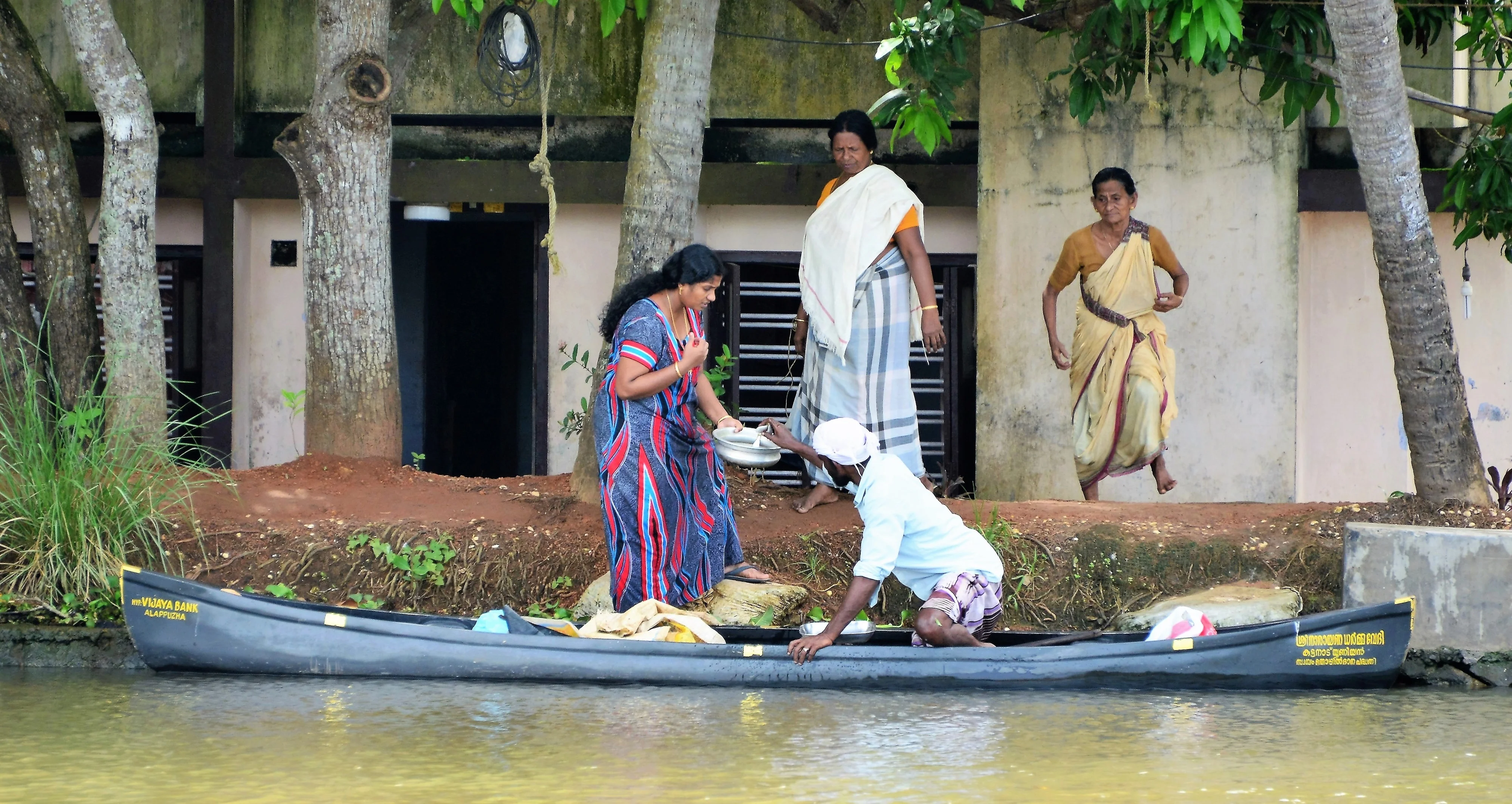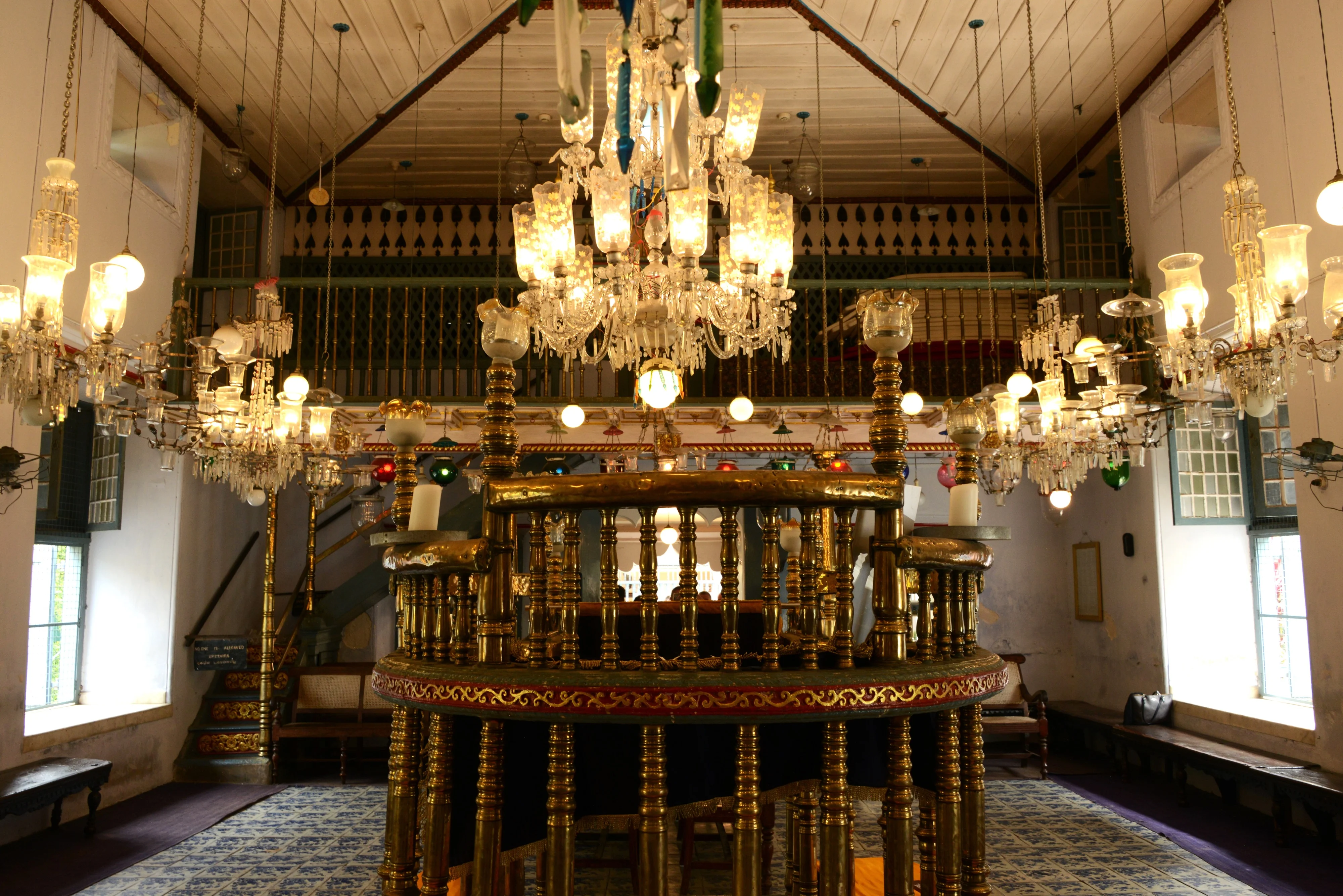Elephant Stables. This long row of majestic chambers, connected by large domes, was used to house royal elephants. Each dome is distinct in design, with elements of Indo-Islamic architecture, including high arches and decorative latticework.
House of Victory. This commemorates a historic victory and was once decorated with elaborate carvings and adorned with sculptures, although much of its former glory has faded with time. However, its location and remaining architecture is still impressive.
Pushkarini Tank. This beautiful stepwell emphasizes the ancient city’s engineering skills. Stepwells were crucial in this arid region, providing a consistent water source and acting as a cooling refuge for residents and pilgrims. The geometric precision of the steps that lead down to the water is mesmerizing.
The King's Balance. This Ceremonial structure consists of two towering pillars with a horizontal beam, forming a scale that would be used during festivals. On special occasions, the king would weigh himself against a counterbalance of gold, gems, or grains, which would then be distributed to the poor.
Hampi Bazaar. This market stretches for nearly a kilometer, and was a lively center of trade, where merchants from across Asia would gather to buy and sell goods, including gems, spices, and silk. This market street leads to the iconic Virupaksha Temple, a functioning temple dedicated to Lord Shiva, and one of the oldest structures in Hampi. The temple’s towering gopuram, or gateway, with intricate carvings, stands out against the skyline, creating a contrast with the surrounding ruins.
Day 5: Hampi – Chennai - Mahabalipuram.
You will check out from your resort in the morning and driven to the Hubli Airport after an early breakfast. You are assisted with checking-in for your early afternoon connecting flight to Chennai – your bags will have been checked through to Chennai. Arrive at Chennai and you are greeted at the airport and you are driven about 1.5 hours to your oceanfront resort in Mahabalipuram.























